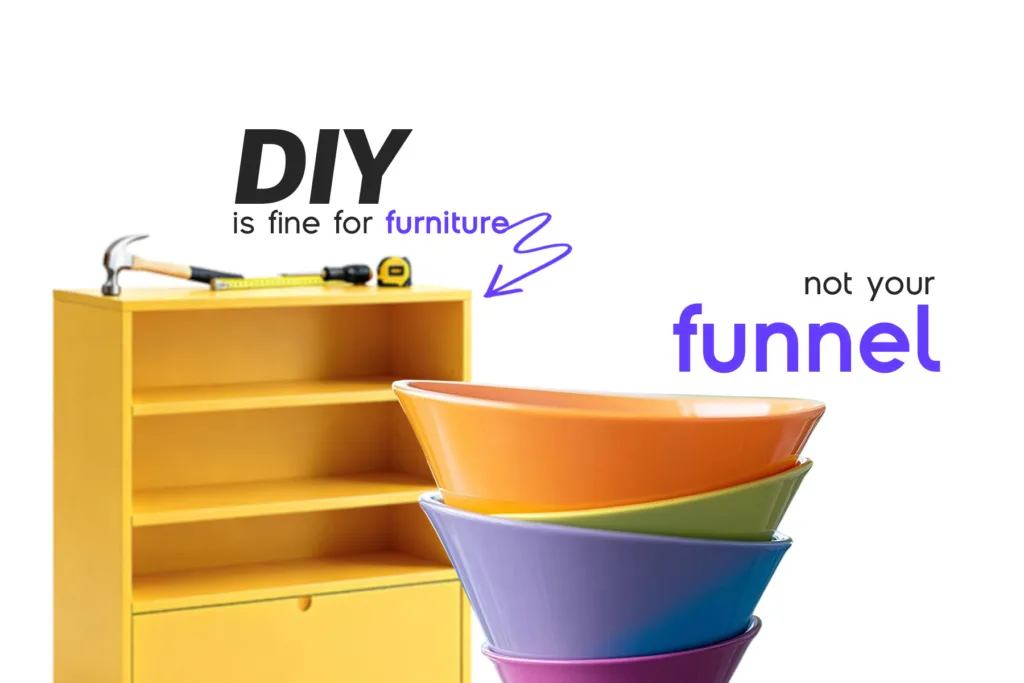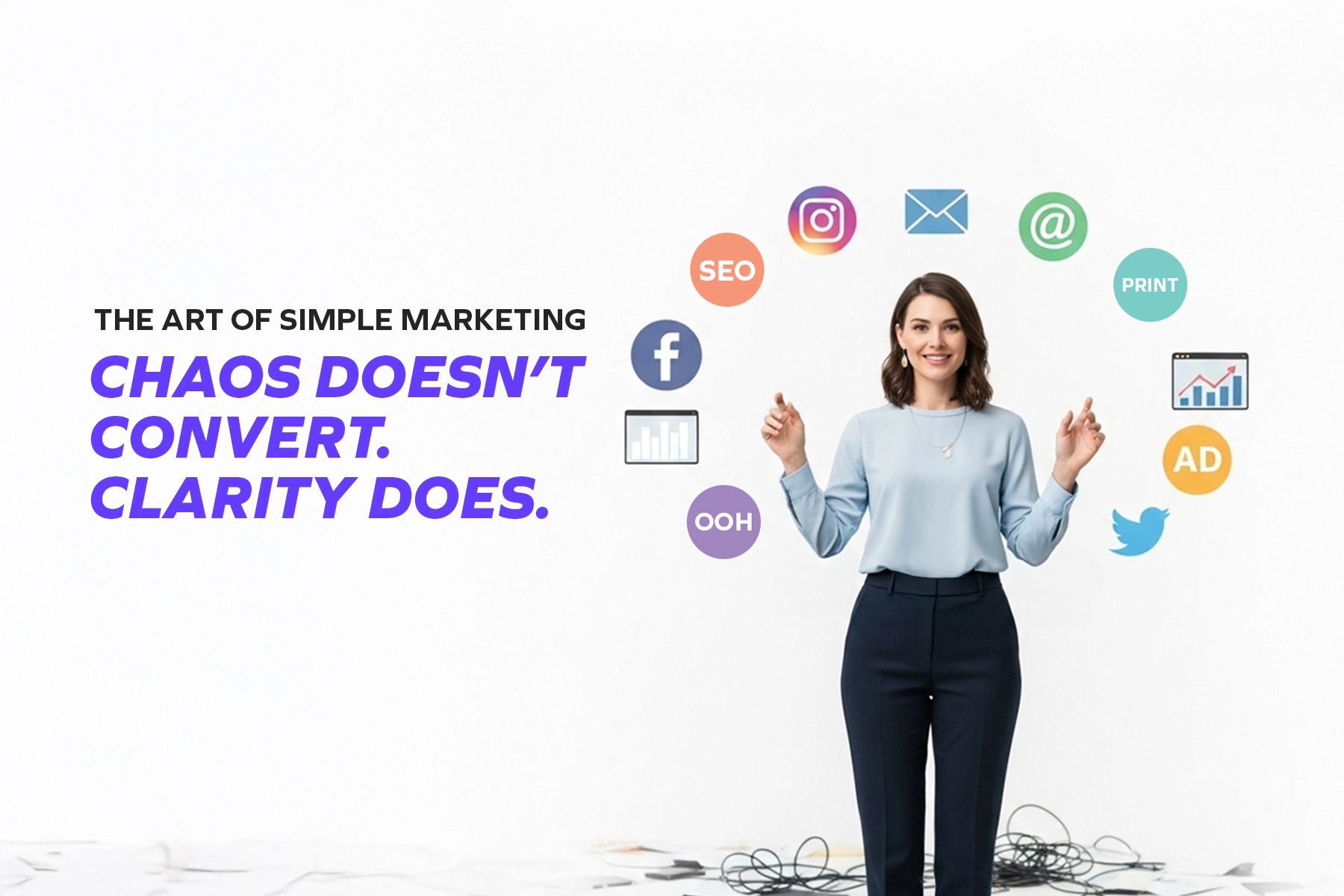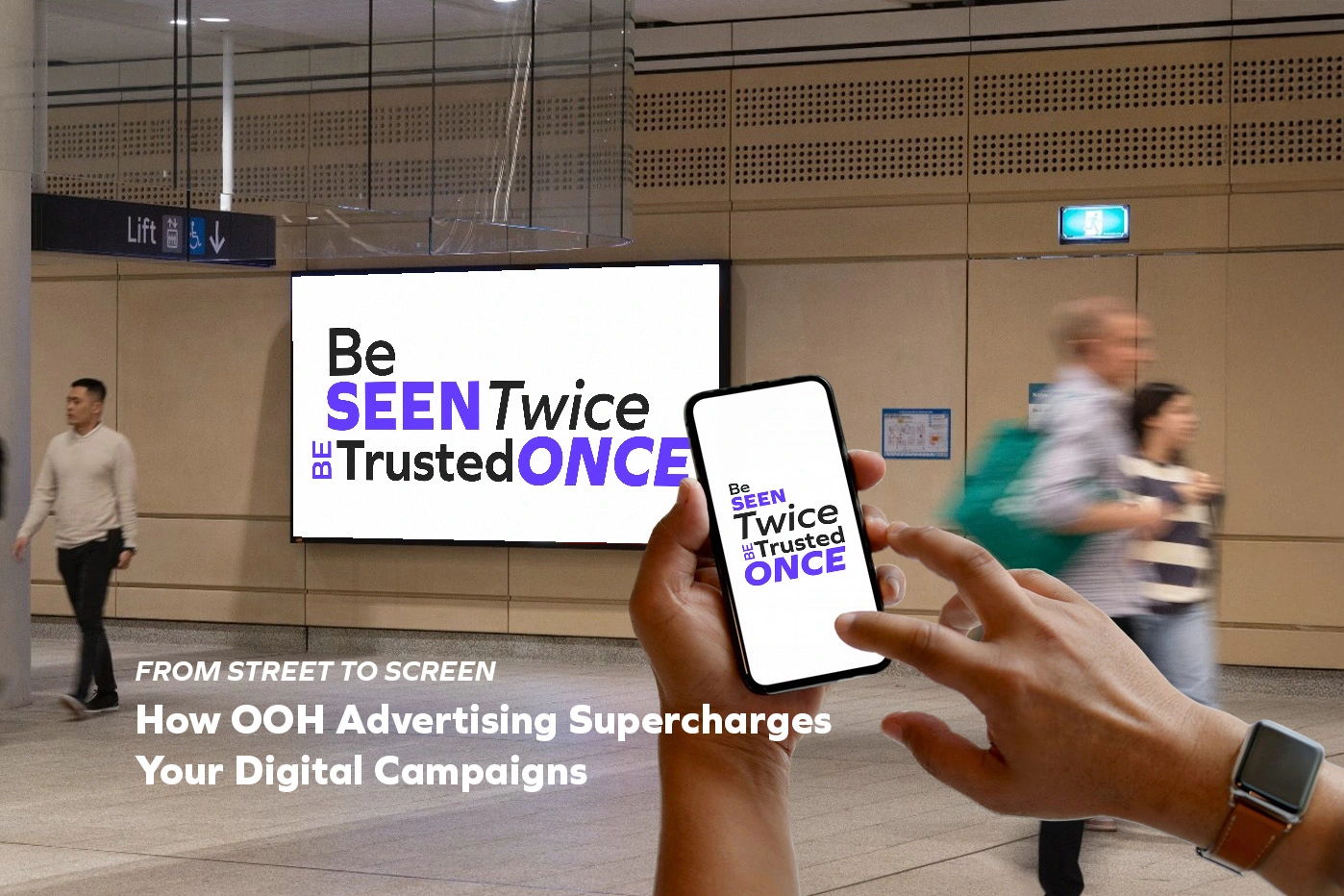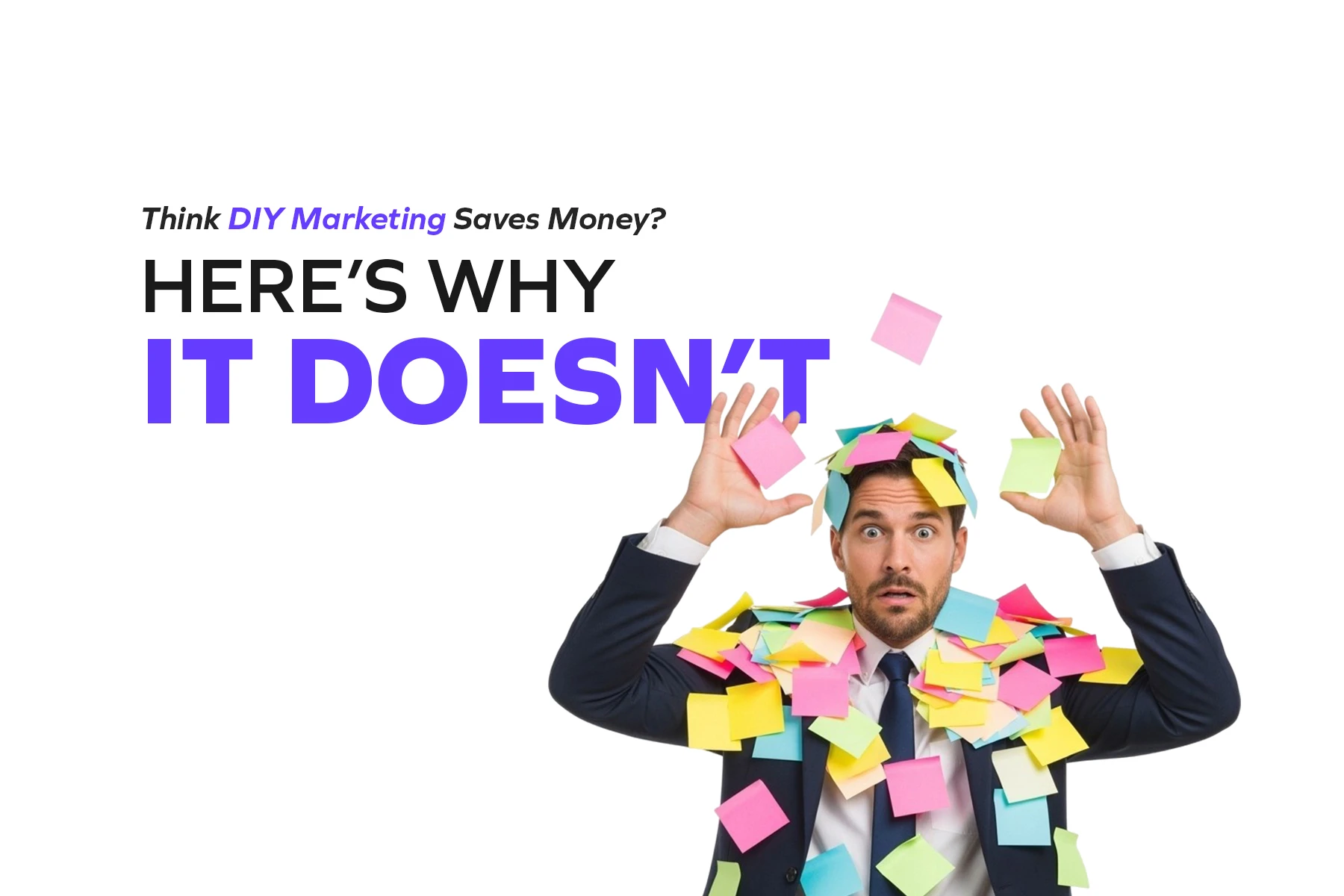Ever thought, “How hard could marketing really be?
I’ll just do it myself and save the money.”
If you’ve been there, you’re not alone.
Many small business owners in Australia take the DIY route at first—it feels cost-effective, gives you control, and seems simple enough.
But here’s the reality: what starts as a quick fix often turns into a costly mistake that slows growth and drains energy.
Marketing isn’t just about posting on social media or throwing together a flyer—it’s about strategy, psychology, consistency, and execution. And without the right mix, DIY marketing usually fails. Let’s break down why.
1. Lack of Strategy Leads to Scattergun Efforts
Most DIY marketing falls flat because it starts without a clear strategy. Business owners often try a bit of everything—Instagram posts, boosted Facebook ads, a quick email blast—without tying it all to a bigger plan.
The result?
Mixed messages, wasted spend, and little to no measurable growth.
Think of it like building a house without a blueprint. You might get a few walls up, but nothing truly fits together. A strong marketing strategy considers who your audience is, where they spend time, and what message will actually connect with them. Without this foundation, every effort is just a shot in the dark.
2. Time is Your Most Limited Resource
Running a business is already a juggling act—managing staff, serving customers, paying bills, and keeping everything afloat. Adding marketing into that mix means either something else suffers, or marketing gets done in a rushed, inconsistent way.
Consistency is the lifeblood of marketing. Posting once in a while or stopping campaigns because you’re “too busy this week” means your audience forgets you exist. Big brands don’t win because they’re smarter—they win because they show up every day, everywhere their audience is. DIY marketing usually falls apart because consistency slips.
3. Tools and Technology Aren’t Cheap or Easy
Professional marketers use analytics platforms, scheduling software, SEO tools, and advertising dashboards every day. These aren’t just nice extras—they’re essential for making data-driven decisions.
When business owners try to DIY, they often stick to the free versions of tools or skip them altogether. That means they’re flying blind—guessing what works instead of knowing. Worse still, mismanaging ads on platforms like Google or Meta can burn through budgets in days with little to show for it.
4. Creativity and Branding Take Experience
A big mistake in DIY marketing is underestimating the importance of creative storytelling and brand identity. Slapping a logo on Canva templates isn’t the same as building a brand that resonates with people.
Good marketing is about psychology—understanding why people buy, how they make decisions, and what emotional triggers make them take action. Without that, DIY content often looks generic and forgettable. And in today’s crowded digital world, forgettable is the same as invisible.
5. The Cost of Missed Opportunities
Perhaps the biggest hidden danger of DIY marketing is opportunity cost. Every month you’re struggling to DIY is a month your competitors are getting ahead with professional campaigns, stronger brand presence, and sharper targeting.
Take the example of a Melbourne café owner. She spent months running her own Facebook ads, boosting random posts with $50 here and there. Her reach was low, and she couldn’t track results. When she finally worked with a marketing agency, they restructured her ads, built a proper email funnel, and launched a local SEO strategy. Within six months, she doubled her customer base and increased her weekend bookings consistently.
The money she thought she was saving by “going DIY” actually cost her far more in lost sales.
So, What’s the Alternative?
That doesn’t mean you need to hand over your entire business to an expensive agency. The smarter path is balance. Learn the basics so you can understand what’s happening, but trust experts to handle the heavy lifting—SEO, paid ads, content strategy, branding.
You wouldn’t do your own accounting if it risked an ATO penalty, and you wouldn’t fix your own roof if it risked leaking all winter. Marketing deserves the same respect—it’s what drives sales, growth, and ultimately the survival of your business.
The Final Takeaway
DIY marketing fails because it underestimates what marketing really is: a mix of strategy, creativity, data, and relentless consistency. It’s not a side task—it’s the engine that powers growth. While you can do bits yourself, the cost of mistakes, lost time, and missed opportunities is usually higher than investing in experts from the start.
If you truly want your business to grow, stop treating marketing like an afterthought. Treat it like the professional, profit-driving tool it’s meant to be. That shift can be the difference between a struggling business and a thriving one.







